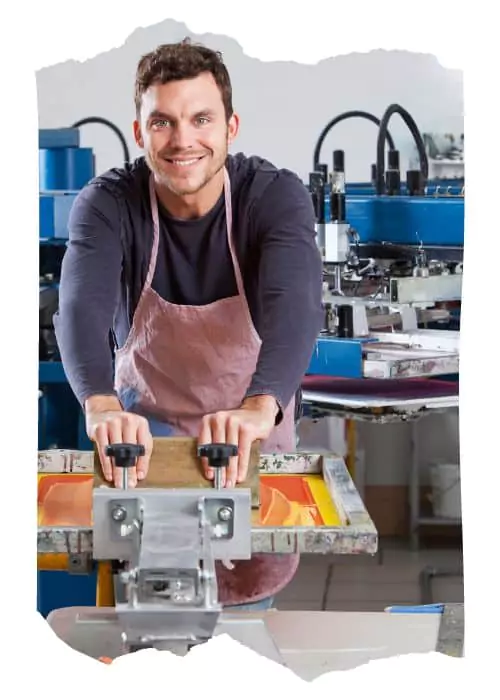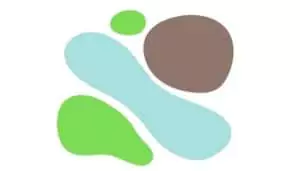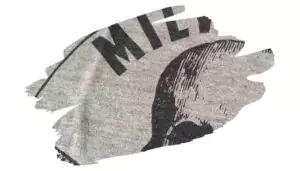T-shirt screen printing is a popular method of creating custom apparel due to its versatility, durability, and cost-effectiveness. It can be used to print designs of varying complexity, and can produce vibrant, long-lasting prints that stand up to regular wear and washing.




